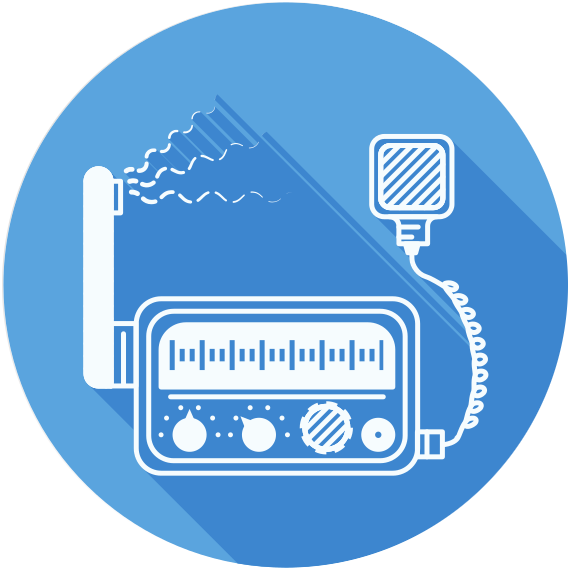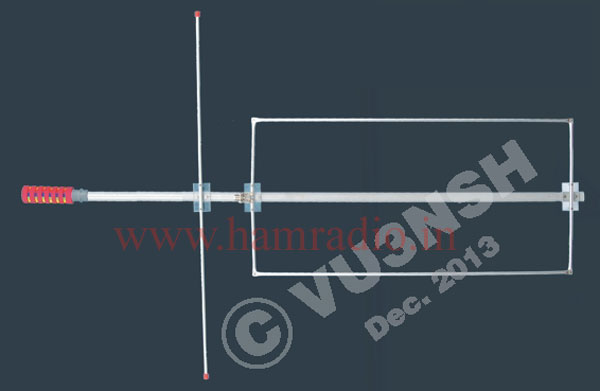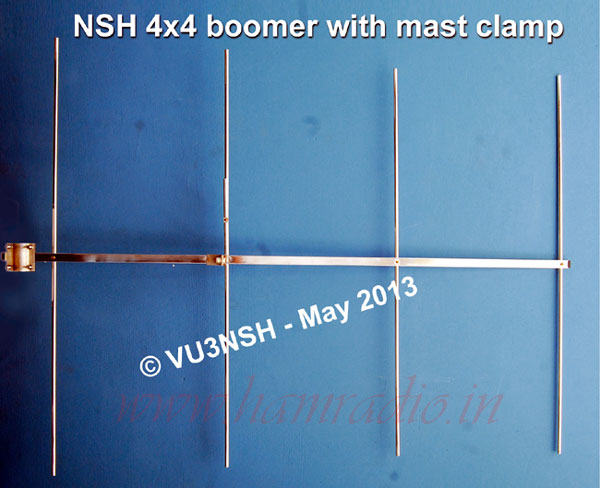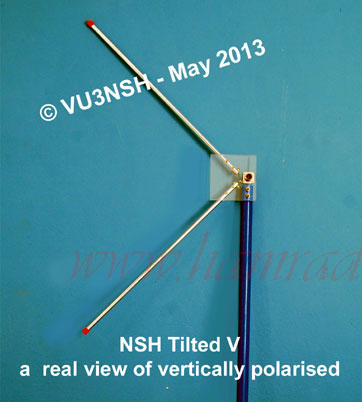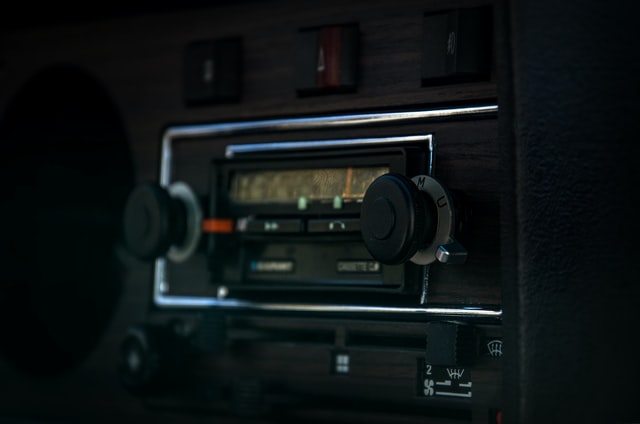[Reprinted with permission from SPRAT]
The convention of many that "we live in a complex era" is no better illustrated if you ever glance at the schematic diagram of any modern multi-band, multi-mode rig. Quite interestingly, confused by such complexities, the majority of newbie radio amateurs bury their dream to operate an entire home brew rig and do-it-yourself aspect of our hobby is thus completely lost. The problem-assuming that the present situation is, at least, to a degree undesirable-clearly deserves analysis. Leaving aside for a moment the ramifications of contemporary technology such as microprocessor control and digital frequency synthesis, I believe that it was emergence of the transceiver itself which put paid to much home brewing. Many potential designers since then found the necessity to evolve more dynamic designs in a small box can represent a psychological hurdle which proves impossible to assail. Further the adoption of SSB as prime mode of communication aggravated the matter, by throwing a whole generation of amateurs who had been weaned to no-nonsense AM; into a state of bewilderment. Optimists may take heart, however, from the realization that the complexities of SSB generation can be completely ignored if the constructor sets his goal for minimum complexity high performance direct conversion DSB design [1]
SPRAT has always been for such simple but high performance home brewing and many such designs of esoteric flavors have appeared in it over the past decades. SPOTTO is just one further addition to this list. Over the past few months, attracted and inspired by the simplicity of direct conversion and DSB techniques I built several simple transceivers like that of Wee Willy and ZL2BMI flavors including all the stuff I could Google on the net. Though technique of direct conversion appeals me for its added incentives of high performance versus simplicity and of its being less subjective to spurious responses and those designs don't entail the complexities of those high end superhets. But most of the designs including those mentioned earlier are of that Neolithic NE 602/LM 386 variants, more popular for their bad reputation and non-convincing performance. I, myself eschew the use of LM386 in serious receiver deign as much better and quieter alternatives are now available for cheap. Moreover I feel that for a given performance level, the fewer the components you use; the more critical to design each components becomes!
When I incepted the design of SPOTTO the focus was mainly on a simple and quieter high performance receiver with excellent sensitivity and dynamic performance combined with a simple DSB transmitter offering cleanest and moderate output for QRP use. The whole project is a collection of bench-marked building blocks put together to form a universal all band transceiver with the inclusion of a VFO/Synthesizer of user choice. The receiver uses a high level diode mixer which both is cheap and robust performing. It is usually imperative to properly terminate all ports of such mixer. Consequently I tried to do that in the simplest procedure (KISS way...!). Though it is not acceptable by the purists; but it certainly works for the QRPer. The mixer is followed by a W7EL low noise af amplifier with 50 ohms input impedance. A TL072 is chosen for the receiver audio for its low noise and small foot print, the prime essentiality for any serious and compact QRP design. A quieter TDA 7052 performs the final af amplification. The entire receiver is very lively with plenty of gain to give room filling audio. Further the TX/RX switching is kept to be minimum and simple. A conventional RF linear amplifier gives a reasonable 2.5W of RF output using a common BD139 on 40 meters but for higher bands a better device like 2SC1952 can be a much better choice. An additional module for CW enthusiasts is also available. No values for output RF filters have been given as there are G3RJV filters with values for all bands; already available on the club site. For those who expect multi-band operation, such filters can be constructed as three pin plug-in modules for easy band shifting. Many good DX were possible with the great sounding receiver during initial few evenings of use and several good compliments for its clean sounding signals were reciprocated. The transmitter is capable to produce Hall Effect that some amateurs seem to love a lot. I have assembled several copies of the project using VK3XU patchy board construction technique. It is easy to give it a go that way or you can ask editor, if the PCB for the project is available with the club store. PCB templates are given for those who wish to build their own. No PCB template is available for LPF and CW modules. They can be made on pigmy Vero board modules. LPF modules are made as three pin plug-in type modules for easy band changing. The use of suggested line filter circuit is strongly recommended to avoid common mode hum issues in case the rig is powered using a wall wart etc.
[1] Direct Conversion Transceivers-Steve Price (G4BWE) Radcom. January-1986
Schematics


